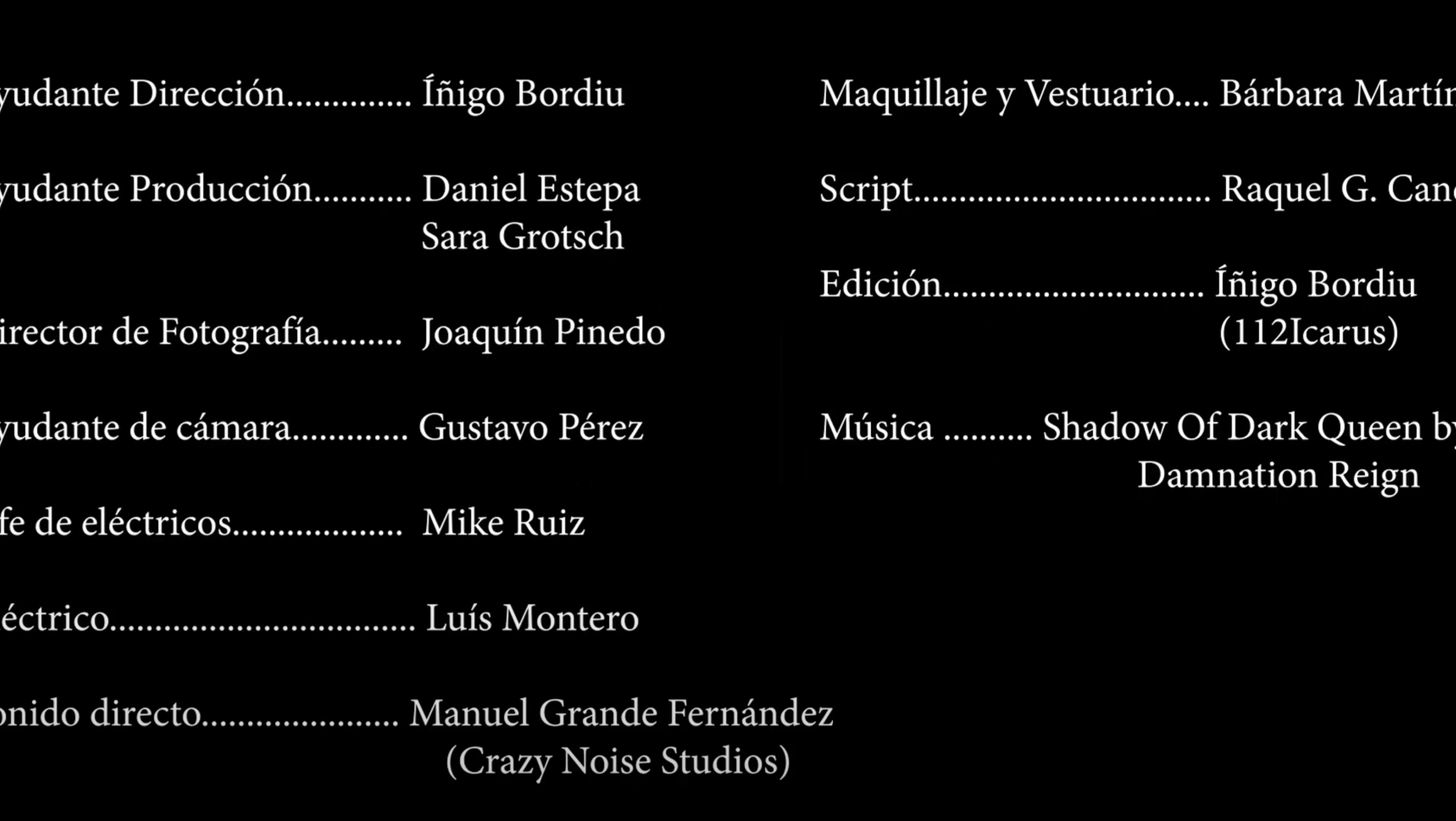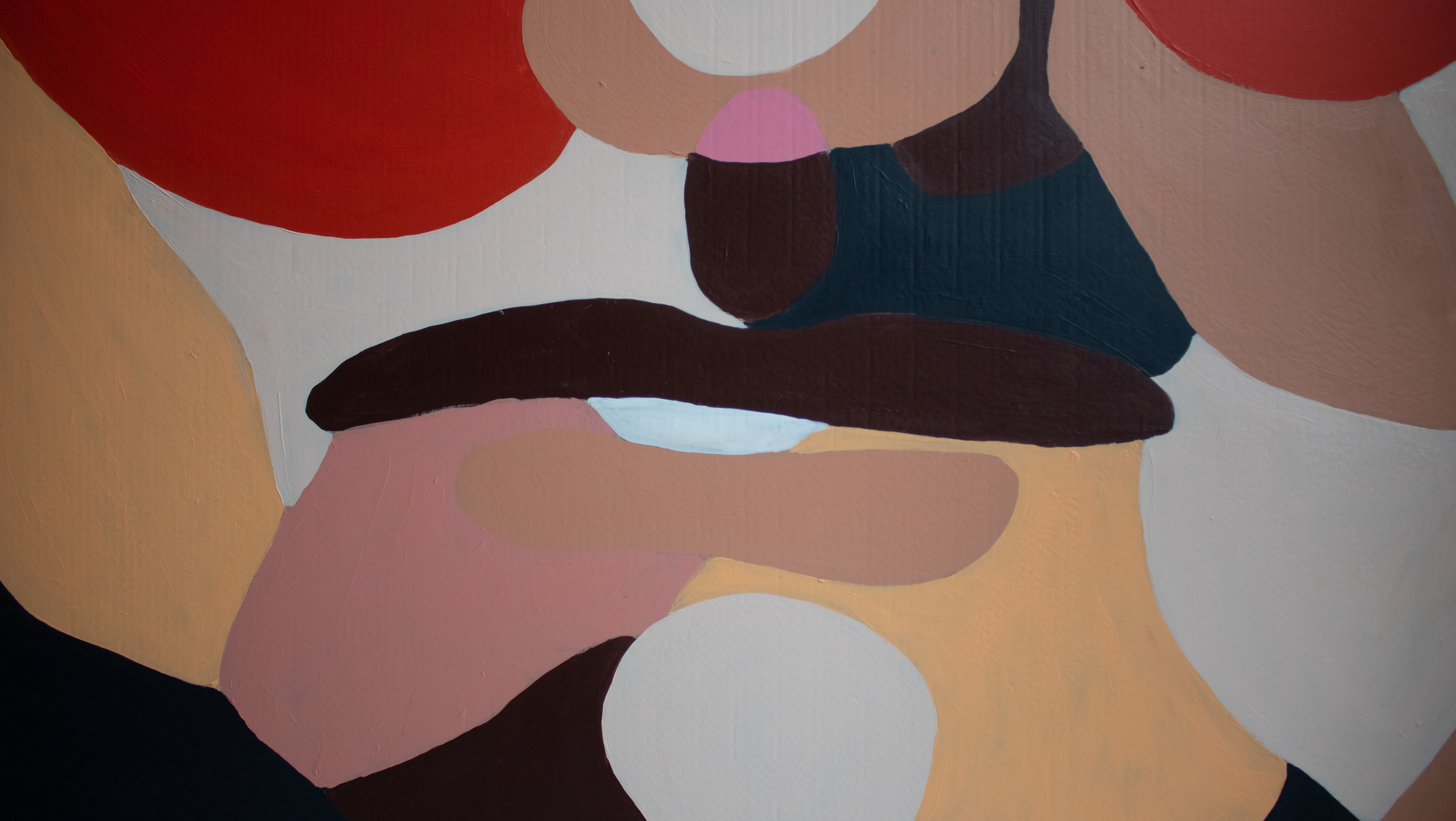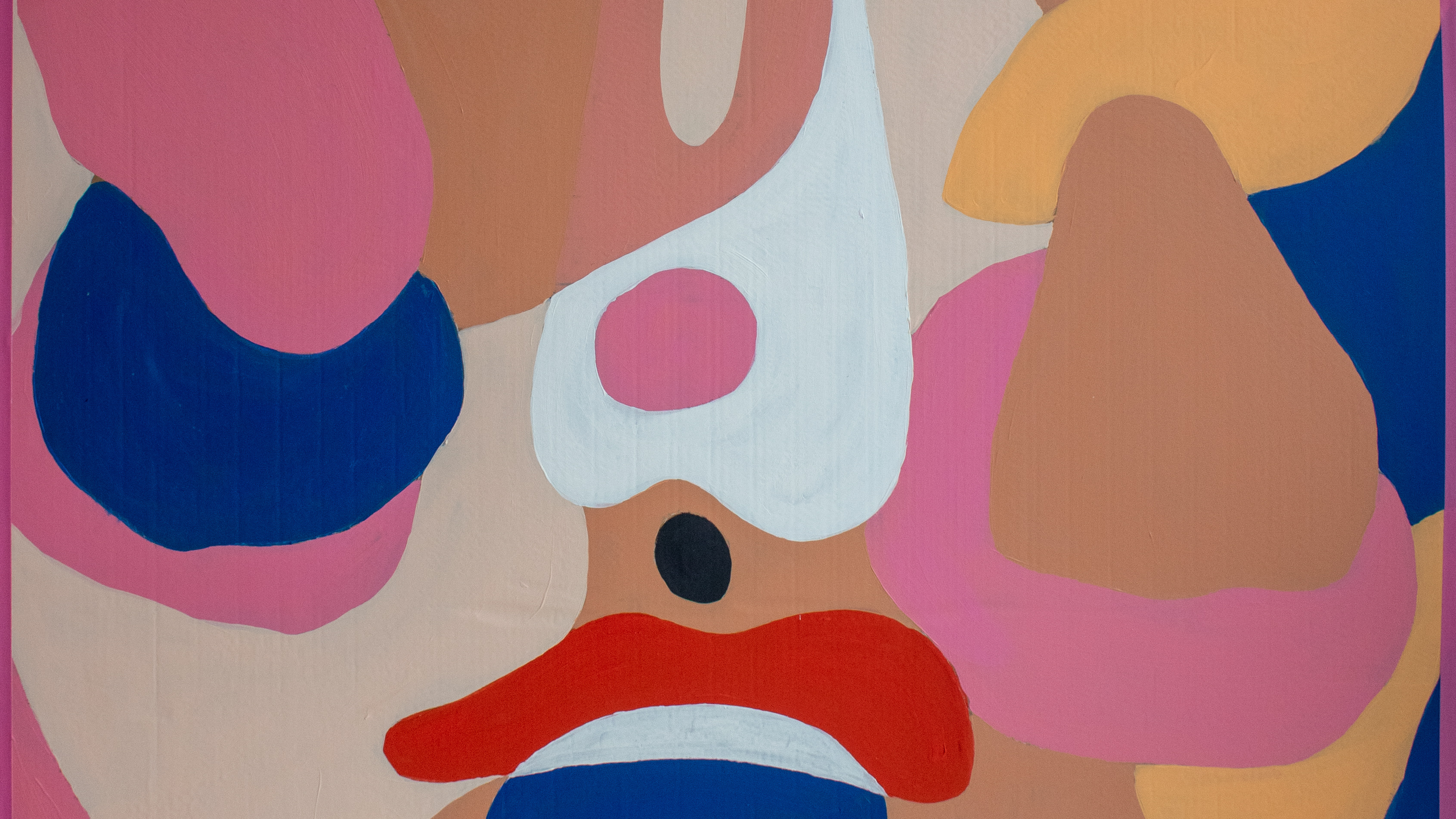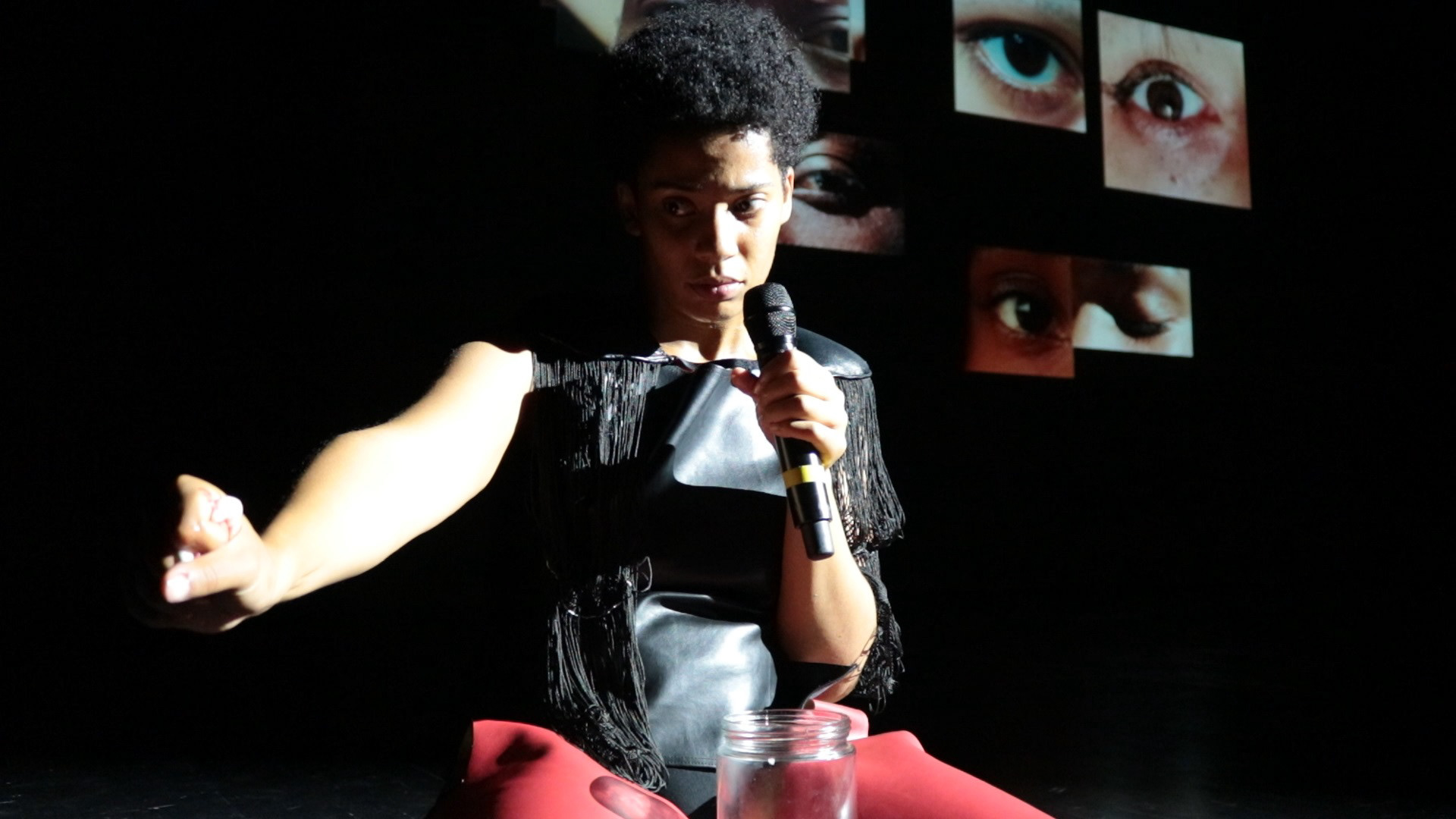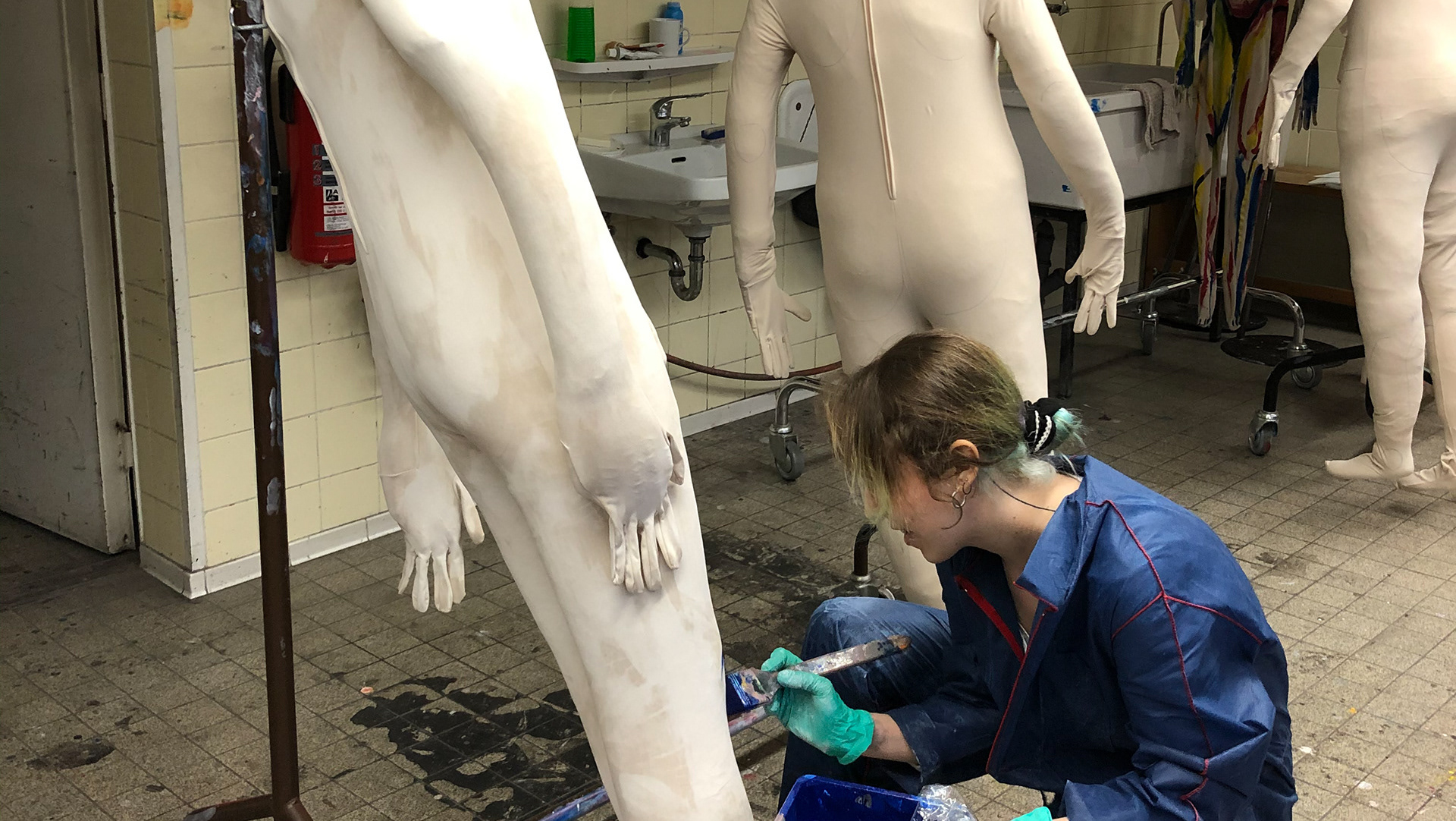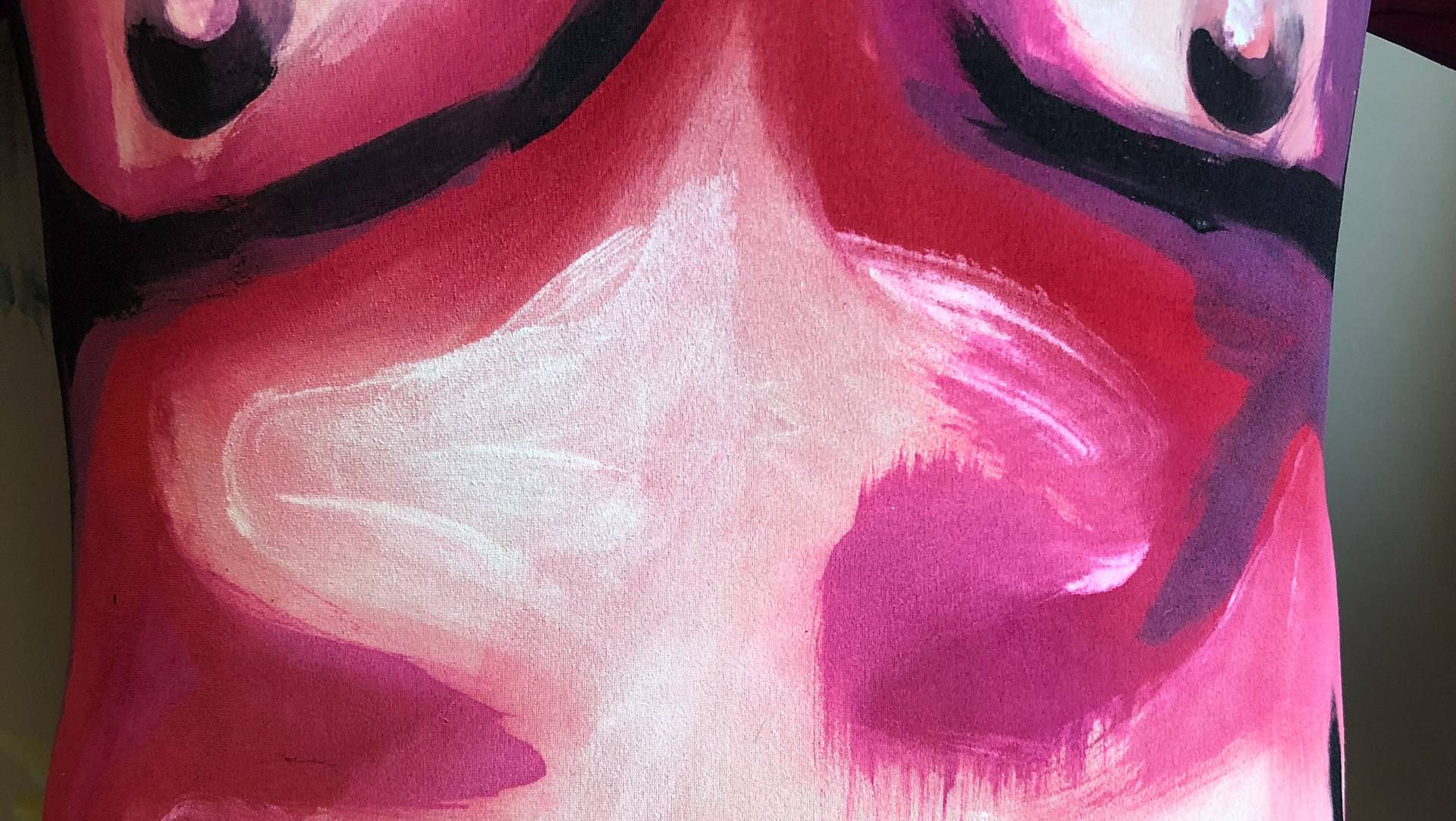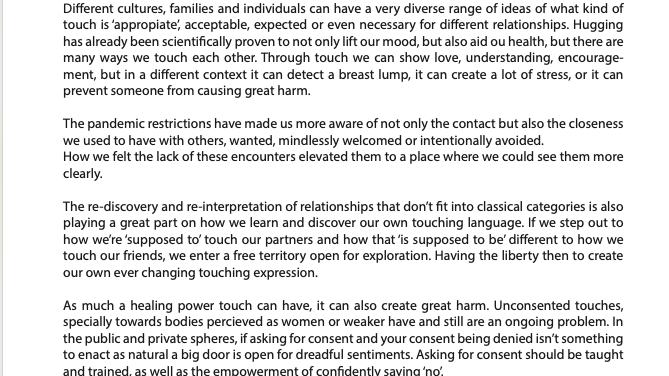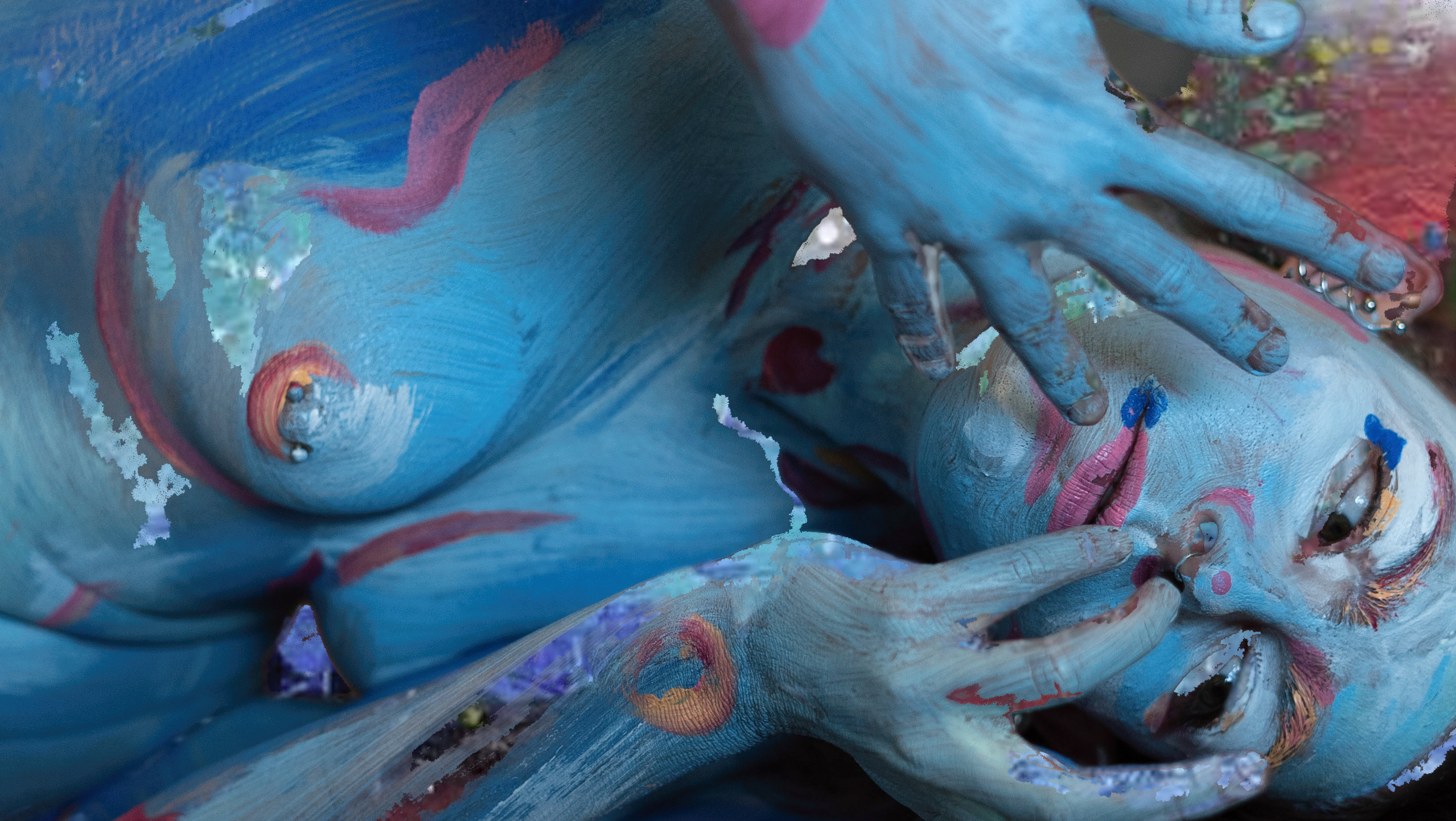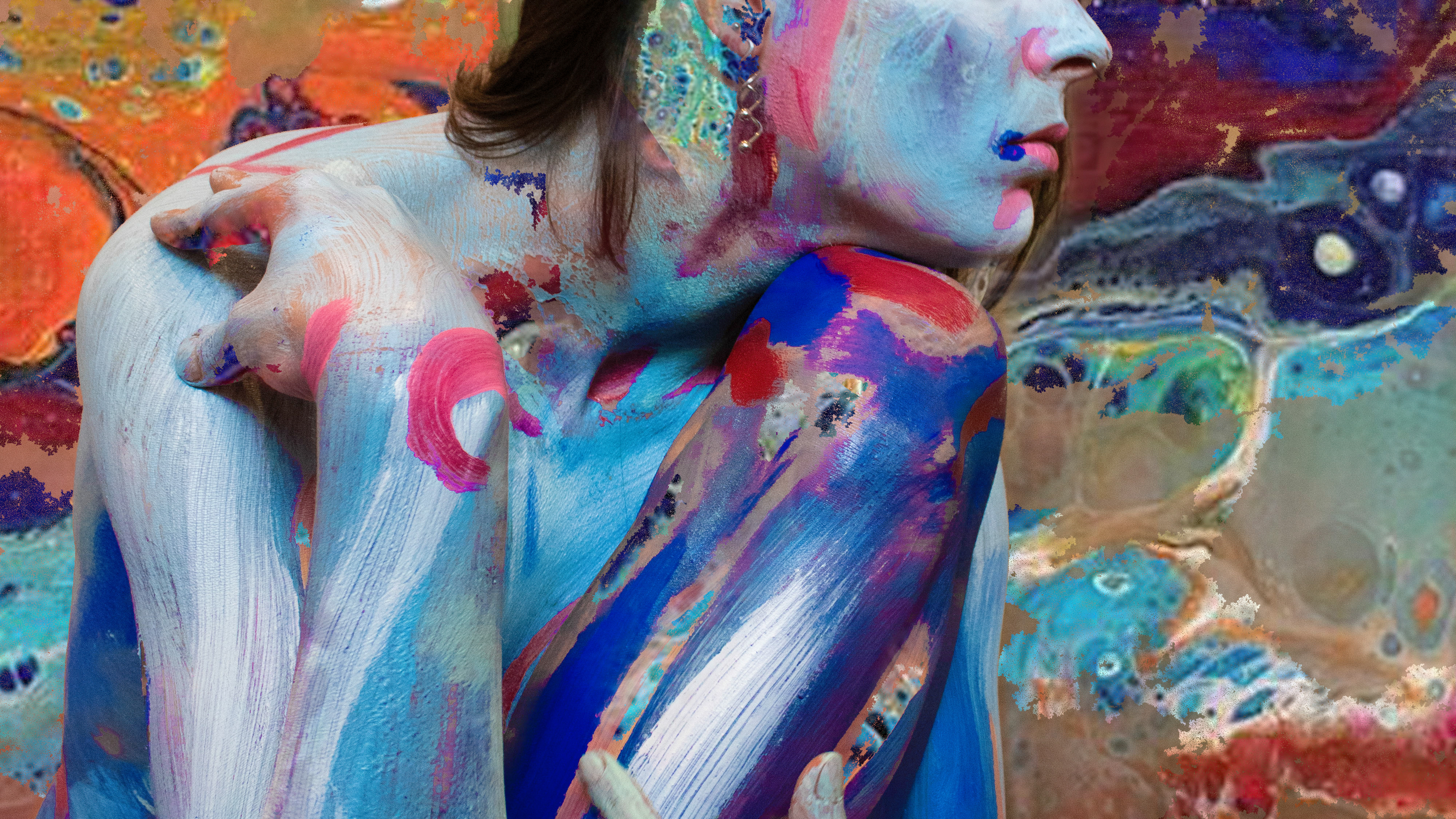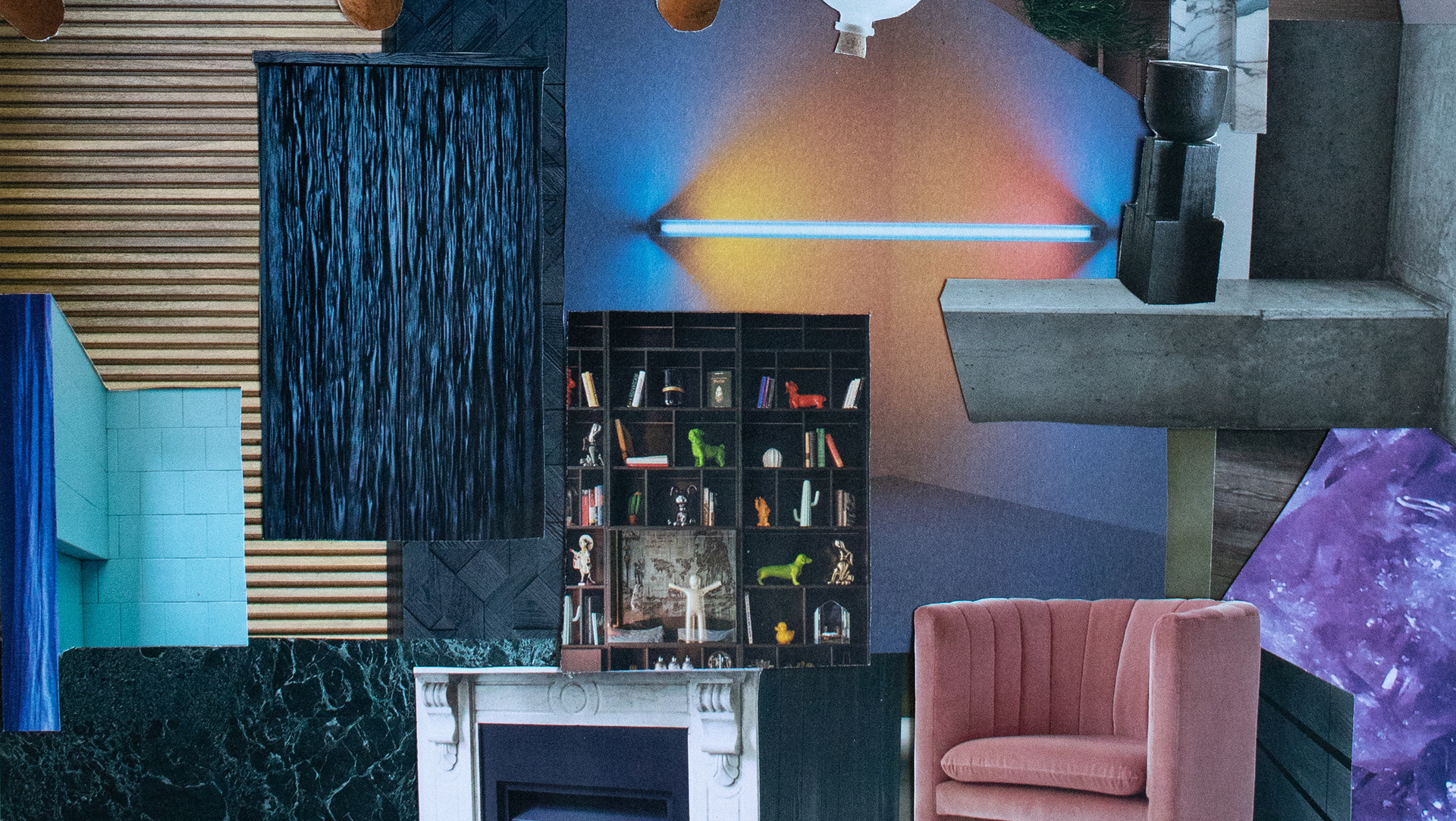This video collection is a presentation of the dichotomy of appearance in this digital era,
in which the subject is becoming more and more visible as a human behind the pixels, but still is an image created by pixels and trapped to be forever so by the nature of the video format.
in which the subject is becoming more and more visible as a human behind the pixels, but still is an image created by pixels and trapped to be forever so by the nature of the video format.
As we appear digitally, in social media, our digital persona starts existing as a separate entity, that needs our attention to be directed towards a screen to continue living.
This attention that we're simultaneously taking away from the real three-dimensional world.
This attention that we're simultaneously taking away from the real three-dimensional world.
When thinking about the terms social media, social networks or 'redes sociales' in Spanish, I feel that the lack of adding the adjective 'digital' for accuracy increases the mistaken use or meaning that we are giving them.
When thinking even more deeply about even the structures of this social media, I grow even more and more skeptic. They are a new domain of going 'public', but they are not socially owned, they are not public spaces in the old sense. They are privately owned and the algorithm and infrastructures that curates what we 'seemingly' decide to receive as our content ends up being so obeying laws from which we know very little about and have even less power upon.
It does open a space for real social mobilisation outside of screens, but it also feeds our confirmation bias, our individualism and the polarisation of ideals.
We feel protected behind our screens, we might also feel exposed, but we shouldn't forget that at least the most common and popular ones are still fictitious networks based on consumption (of bodies or objects), and not on the creation of real, palpable, healthy humane networks.
We feel protected behind our screens, we might also feel exposed, but we shouldn't forget that at least the most common and popular ones are still fictitious networks based on consumption (of bodies or objects), and not on the creation of real, palpable, healthy humane networks.
